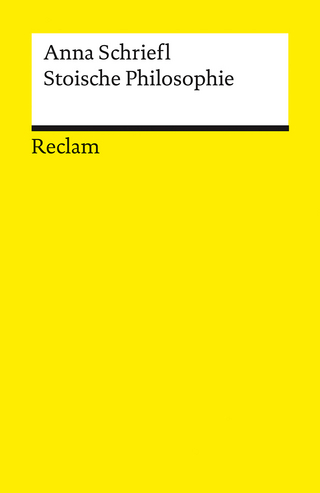
Euclid's Heritage. Is Space Three-Dimensional?
Seiten
1992
|
1993 ed.
Kluwer Academic Publishers (Verlag)
9780792320258 (ISBN)
Kluwer Academic Publishers (Verlag)
9780792320258 (ISBN)
We live in a space, we get about in it. We also quantify it, we think of it as having dimensions. Ever since Euclid's ancient geometry, we have thought of bodies occupying parts of this space (including our own bodies), the space of our practical orientations (our 'moving abouts'), as having three dimensions. Bodies have volume specified by measures of length, breadth and height. But how do we know that the space we live in has just these three dimensions? It is theoreti cally possible that some spaces might exist that are not correctly described by Euclidean geometry. After all, there are the non Euclidian geometries, descriptions of spaces not conforming to the axioms and theorems of Euclid's geometry. As one might expect, there is a history of philosophers' attempts to 'prove' that space is three-dimensional. The present volume surveys these attempts from Aristotle, through Leibniz and Kant, to more recent philosophy. As you will learn, the historical theories are rife with terminology, with language, already tainted by the as sumed, but by no means obvious, clarity of terms like 'dimension', 'line', 'point' and others. Prior to that language there are actions, ways of getting around in the world, building things, being interested in things, in the more specific case of dimensionality, cutting things. It is to these actions that we must eventually appeal if we are to understand how science is grounded.
One The History of the Problem.- One / The Purely Spatial Approaches.- Two / Grounding Three-Dimensionality in Motion.- Three / Argument for Three-Dimensionality from Laws of Force.- Four / Causalistic Explanations and Three-Dimensionality.- Five / The Biological and Perception-Theoretical Approaches.- Six / Euclid’s Heritage: A Review of the History of the Problem.- Two Space Is Three-Dimensional: What Does It Mean, and Why Is It True?.- Seven / Knowledge about Space.- Eight / The Construction of the Terminology.- Nine / The Spatial Concept of Dimension and Its Universality.- Appendices.- Index of Names.
| Erscheint lt. Verlag | 30.11.1992 |
|---|---|
| Reihe/Serie | The Western Ontario Series in Philosophy of Science ; 52 |
| Übersetzer | David Zook |
| Zusatzinfo | XI, 231 p. |
| Sprache | englisch |
| Maße | 156 x 234 mm |
| Themenwelt | Geisteswissenschaften ► Philosophie ► Allgemeines / Lexika |
| Naturwissenschaften | |
| ISBN-13 | 9780792320258 / 9780792320258 |
| Zustand | Neuware |
| Informationen gemäß Produktsicherheitsverordnung (GPSR) | |
| Haben Sie eine Frage zum Produkt? |
Mehr entdecken
aus dem Bereich
aus dem Bereich
die letzten Jahre der Philosophie und der Beginn einer neuen …
Buch | Hardcover (2024)
Klett-Cotta (Verlag)
CHF 39,20


